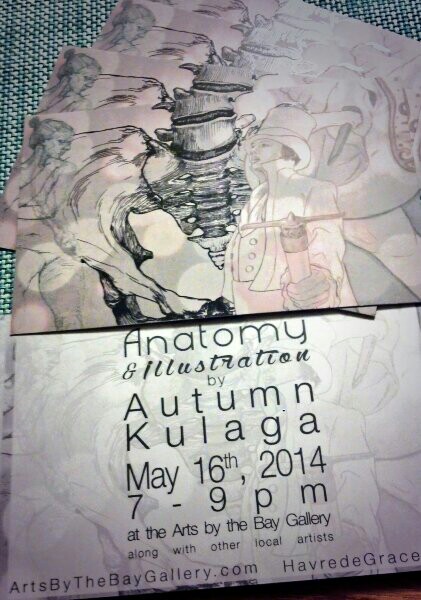This summer I made the decision to partake in a movement coined “Legendeering” (legendeer.org)
n. legnd-ēr′ĭng
1. The process of informing creative outcomes through direct personal experience.
2. The designing of direct personal experience in the generation of creative content used to inform personal voice and stylistic outcomes.
I choose to partake because I found myself in a spot where I was unsure of how I wanted to develop my work. I have spent many years in school developing technique and learning new content but I was left in a spot unsure of how or what concepts to develop. I didn’t expect to leave this workshop with a full blown direction, but ideas and a recollection of the subjects that interest me. I want to bring myself back to the reason I set out to be a creator in the first place.
I opted to partake in the second half of the workshop, Week 2. The weekend’s lectures took place at VCU’s Rice Center. This is where Sterling Hundley, Matt Wallin, Chris Visions, Eric Pfieffer and TyRuben Ellingson all took time to speak about not just the process of working on a piece, but how their work changed with time. Their work grew as life progressed. No matter the duration of each artists carrier, It was apparent that life was a part of the process and growth of the work. So whatever comes will be developed with time. (Later we also heard from Robert Meganck and Lori Panico )
Week 2’s Camping Trip in images.
It was truly enriching getting back to nature. I don’t know that I necessarily want to directly use my experiences from this trip in any story I might develop, but it gave me time to think about the education I have built over the last 8 years and how I might want that to play into personal work. The biggest part now is planning what I want, developing a strategy and getting rid of any obstacles. I feel as though the beginning part of my life, part of which is planned for you, was very instinctual and I understood what I wanted. Now, with limitless possibilities and more control over what to create, a path or destination is unclear. Now I need to creating an intention and stop letting my self be so distracted. Now that I am home working and with friends & family, distraction is what I have found to be the biggest obstacle.
For me I think this experience was also good because it brought me back to a place where I feel most creative, Richmond, Virginia. And while I like being home (Good Ole’ Harford Co. MD) and I don’t feel that I need to move, the RVA creative environment is something to be noted. The people are all searching, creating, embracing and there is a forever sharing of ideas. I enjoyed meeting a new community of artists in a seemingly similar “life place” but different ideas of what they want. From this trip I learned I don’t know what I want and that is okay. I will just focus on what I like doing. Making and sharing things.
Some of the people I met:
http://instagram.com/cadmiumcoffee
http://instagram.com/lenaszymaniec
http://instagram.com/chikinfat
http://instagram.com/tlehinvictus
http://instagram.com/legendeer
If you also took part in legendeering in some way (whether online or in person) feel free to leave comments & experiences below!


























